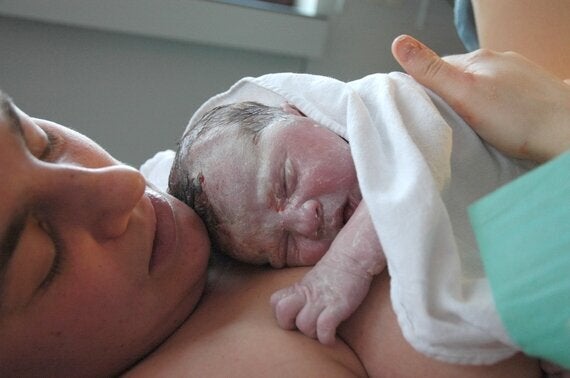
*Victoria Tobolsky [2012] is a first year PhD student in Human Evolutionary Biology at Harvard, where she is studying the evolution of the human skeleton and its applications to health. She did an MPhil in Human Evolutionary Studies at the University of Cambridge where she was a Gates Cambridge Scholar. Picture credit: Wikipedia.
Birth and death are the most ubiquitous of human experiences; in due time, we will all experience both. For women, the two can be dangerously intertwined. The WHO estimates that without medical intervention, 1,000-1,500 women would die for every 100,000 births. Many more women suffer from debilitating injuries related to birth, like obstetric fistula, that prevent them from carrying another child to term or caring for their surviving children. The statistics on giving birth in some areas of the world with minimal access to medical care are stark, with a one in 17 lifetime risk of death in Sierra Leone or a one in 18 lifetime risk of death in Chad, according to recent estimates. In regions where medical care is more readily available, the danger is much lower, with a one in 23,700 lifetime risk of dying in childbirth for a woman in Finland.
This narrative is one typically, and rightly, disseminated by global health agencies: distance to adequate medical care and well-trained medical professionals is a significant predictor of maternal health before, after, and most especially during birth.
Emergency cesarean sections
But what if this narrative were incomplete? In no other living species is birth nearly as dangerous as it is in modern humans for the mother - only rarely is there any risk from birth in other species, and in no species does it begin to rival what we see in humans. Moreover, a difficult birth in other species typically results in stillbirth rather than maternal death. And this, though tragic, makes sense. Evolution is not so much about survival of the fittest as reproduction of the fittest - it is the act of reproduction that propagates one's genes. In the case of a difficult birth, if one must perish, it is evolutionarily logical that the offspring should be sacrificed to leave the mother to produce more offspring. Reproduction is the basic unit of evolution. Successful offspring then go on to reproduce themselves, further propagating those genes, and so on. Any genes that predispose a mother to dying in birth should be eradicated from the population, and quickly. But in the developed world, emergency cesarean section rates are, on the whole, rising - women appear to be having more, rather than less, trouble with birth.
Additionally, consider that our species evolved somewhere on the order of 200,000 years ago. For most of this history, medical care in the way that we currently conceive of it clearly did not exist. If birth were as dangerous for the duration of that history as it appears to be today, our species would likely not have survived. Indeed, genetic evidence indicates that our species bounced back from a very small population once or twice in our history - losing roughly 1% of women to birth would be catastrophic in a small and struggling early human population. What if, instead, something recently changed in our environment to render birth more dangerous?
Dietary changes
Recent research has argued that the transition to agriculture some 10,000 years ago might have effected this change. By drastically altering our diets through increased cereal grain consumption, the growth trajectories of both mother and foetus were similarly altered - carbohydrates provide ready calories, but not a balanced set of macro and micronutrients to sustain growth. In some parts of the world today, some populations are both stunted in height, from an absence of macronutrients like protein in their diet, and obese, from a surplus of these carbohydrates. High levels of maternal fat also result in fatter babies, making birth more difficult. The puzzle is not yet complete, but this presents a promising new area of research. If we can understand how human growth has changed, we may be able to elucidate why these differences put women, both with and without access to skilled care, at risk.
Many of the strides that have been made in maternal health in the last decade have, indeed, involved increasing access to medical care. The next decades may also see us applying evolutionary science to address the intricate underpinnings of maternal health, yielding a safer birth for all.
